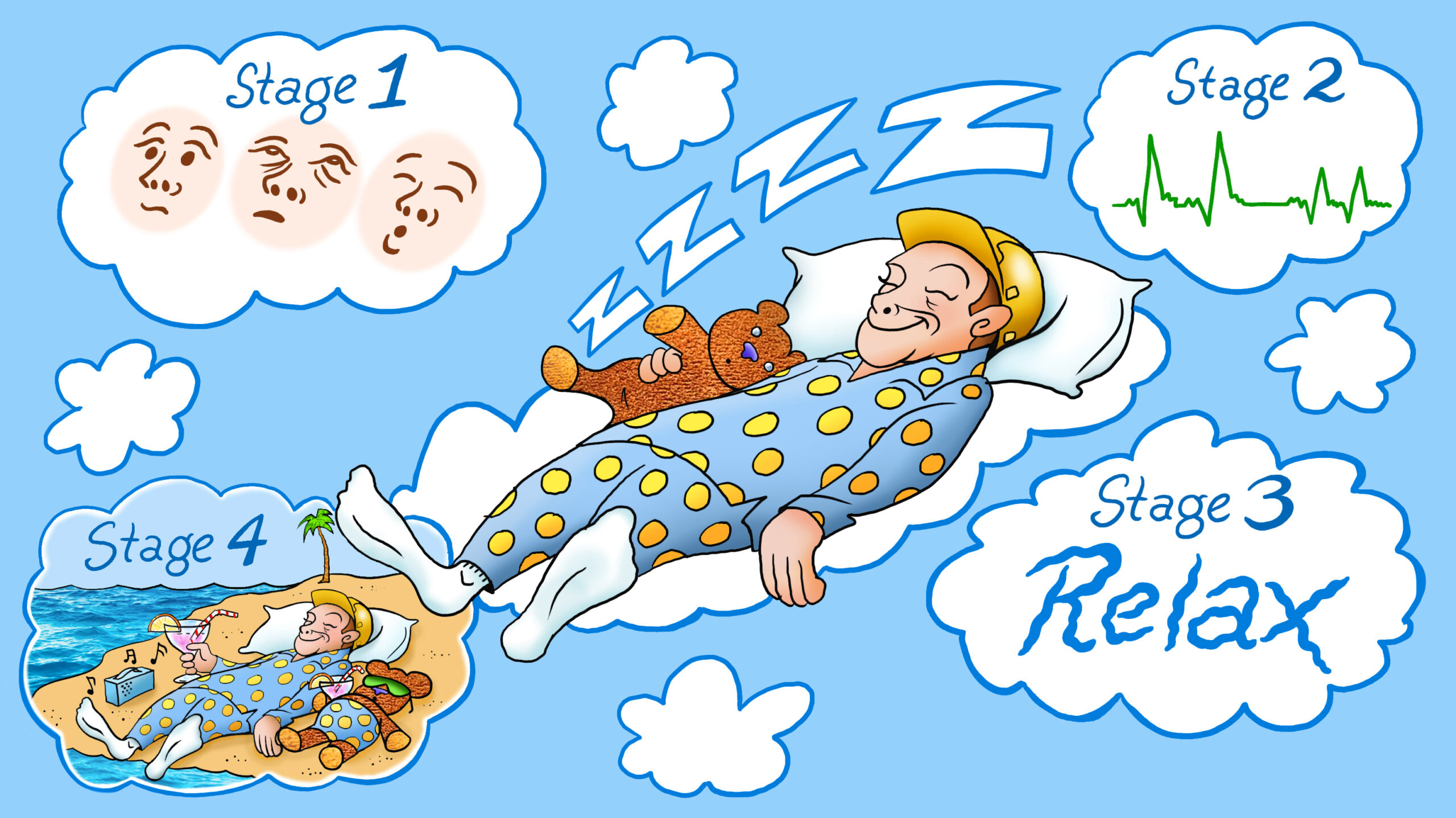Like air and water, we need sleep to survive. In fact, the brain will force sleep, if necessary, in the form of microsleeps. A microsleep is when your brain grabs a nap without your permission. They can occur while you’re at your office desk or even behind the wheel or at the console.
Sleep affects almost every type of tissue and system in your body. It’s a complex and dynamic process that assists in building and maintaining the brain, heart, lungs, metabolism, mood and immune function. Getting the recommended seven to nine hours of sleep each night also allows for the processes that occur in the various stages of sleep to clear waste from the brain, secrete hormones, store information to long-term memory, and repair cells.
Your quality of life is closely linked to your quality of sleep. When you don’t get enough sleep, your risk for health concerns rises. These risks include symptoms of depression, seizures, migraines and complications within the cardiovascular system. Missing out on a proper night’s sleep too often can significantly contribute to the development of type 2 diabetes. Only a small amount of sleep debt increases insulin resistance, which can increase blood sugar levels. Sleep is obviously a priority for good health.
When you’re sleeping well, your body goes through several sleep cycles. Each cycle generally lasts about 90 minutes. The amount of time spent in each cycle varies from person to person and can also depend on other factors like age, how well you slept in previous days, and whether or not you consumed alcohol or caffeine near bedtime.
Stage 1 is when you begin to fall asleep. It’s easy to be awakened during this stage. If left undisturbed, it will usually last less than thirty minutes.
In stage 2, the body begins to change with a drop in temperature, muscles become relaxed, and the heart rate and breathing slow down. Eye movement stops during this stage. It’s difficult to wake a person in stage 2.
Stage 3 is characterized by deep sleep. As the body further progresses into deep sleep, muscles relax, heart rate and breathing decrease. The body is fully relaxed. During this phase, the body accomplishes its restorative work of tissue repair and cell regeneration. Hormones are secreted. The immune system is strengthened.
Stages 1-3 are all considered non-REM (Rapid Eye Movement) sleep.
Stage 4 begins the REM sleep stage. This is the time when your limbs are temporarily paralyzed and dreaming happens. Can I have a show of hands of those who have tried to run away during a dream, but couldn’t move? Even though muscles are paralyzed, other parts of the body are moving. The brain is very active in stage 4. Eye movements become rapid, while breathing and pulse rate increases. This stage is essential to cognitive functions like learning, memory, and the development of creativity. Our brains rotate through the stages several times during sleep with REM sleep taking approximately 25% of the total.
As you can see, sleep is an active process. It’s necessary for your health. If you’ve made sleep a priority in your schedule and still have trouble getting the quality and quantity you need, it may be time to see a sleep doctor. The good news is, sleep disorders are treatable.
MANAGING FATIGUE EDUCATIONAL PROGRAM
Scarlet Knight © 2022 Please Distribute to Others.




